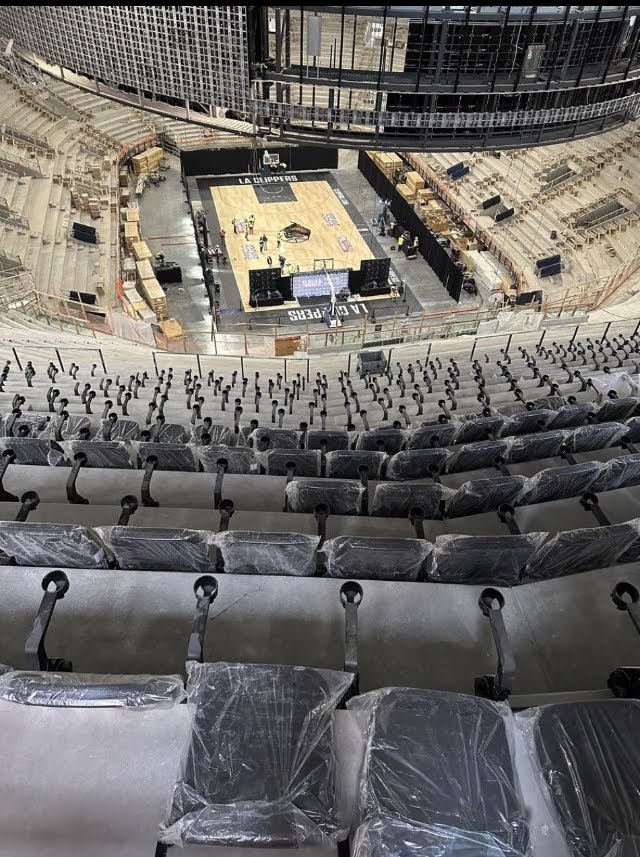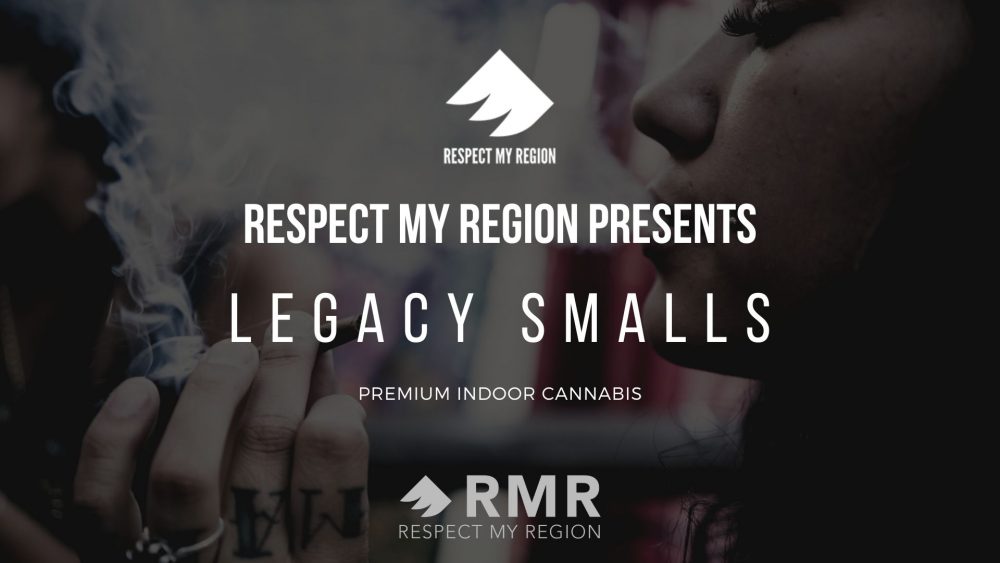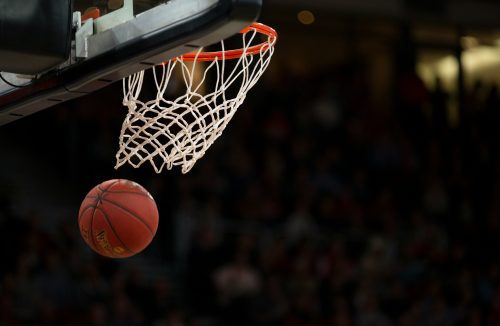The concept of an NBA team such as the Clippers having a cannabis consumption lounge in their arena is indeed intriguing. However, the proposition faces significant legal and regulatory hurdles, especially in California, where smoking is banned in most public spaces like all sports facilities (1991), all restaurants (1995), and all bars (1998).
Fake news spreads like wildfire when a tweet on X read, “ESPN Sources: The Clippers new arena, Intuit Dome, is planned to have its own 21 and older section in the upper bowl that will allow for fans to smoke marijuana or cigarettes.”
Over 7.5 million people saw the lie about the new home of the Clippers, but what if it came true?
What’s the Future of Cannabis Smoking in Public Venues?
California, known for its pioneering role in regulated cannabis, has made significant strides with venues like The Four Twenty Bank in Palm Springs. It stands out not just for its innovative use of an old bank and unique events, showcasing the dynamic blend of mixing entertainment and cannabis consumption in a social setting. However, the current laws primarily safeguard public health, especially from secondhand smoke in most family-friendly public and private spaces.

The main issue lies in not allowing cannabis smoking in age-restricted areas. Colorado, one of the few states to legalize cannabis, has faced many challenges in establishing venues due to strict regulations. At the same time, Nevada has approved the establishment of regulated cannabis consumption lounges like NuWu Cannabis. But has a long way to go before cannabis lovers can consume in Casinos or the Raiders’ arena.
Can you imagine the states like California or Colorado revisiting the laws around designated smoking areas within a sports arena for the Clippers?
How Realistic Are Changes in Legislation?
Officials would have to address broader public consumption laws to balance cannabis legalization in designated areas with the social and public safety implications. Stringent health and safety standards must be established and codified into law. These would cover ventilation, air filtration, and other measures to ensure that smoke does not infiltrate non-smoking areas and adversely affect the health of non-smokers and workers in the vicinity.
However, cannabis consumption lounges are gradually gaining ground. Nevada is actively moving towards integrating food services in their lounges and setting the trend for markets like New Jersey and other states where recreational cannabis is legal.
The Garden State is refining its regulations for cannabis consumption lounges, emphasizing the need for a well-structured legislative framework to address the operational challenges and community concerns associated with these venues.
Why Cannabis Smoking Needs Strict Regulations?
The laws’ initial intent was to control aspects of smoking zones, such as age restrictions, consumption limits, and the need for local jurisdiction approval.
The introduction of designated smoking areas in sports arenas must be responsible and safe. A robust regulatory framework would be essential for compliance monitoring and enforcement. This includes clear guidelines for such venues, regular inspections, and penalties for non-compliance to maintain the designated smoking areas.

Laws would need to be explicit about age and restricting access, ensuring only individuals of legal age enter and consume.
Where’s the Community Support for Cannabis Smoking?
The shift is notably seen in the regulatory landscape of states like California, Nevada, and New Jersey. In these states, consumption lounges are emerging as a part of the evolving cannabis industry.
Consumption lounges are notable for high customer satisfaction and positive reviews, with reservations often booked weeks in advance. Doing so has contributed significantly to the local economy.
Existing examples of consumption lounges are The Coffee Joint (Denver, CO), which opened in 2018; Barbary Coast Dispensary (San Francisco, CA), which opened in 2018; and Original Cannabis Cafe (West Hollywood, CA), which opened in 2019 show it’s possible for smokers to publically enjoy cannabis.
Hopefully, the United States will follow Amsterdam’s successful approach to 166 cannabis coffee shops (the first one opened in 1972). However, the coffee shop culture as it’s known today took shape in the late ’70s and early ’80s. Their regulatory framework focuses on harm reduction and controlling the drug market. The United States public health objectives require an evident progression in accepting and establishing such lounges in various states.
The Path
The path to such legislative changes requires a multifaceted approach involving lawmakers, health professionals, community leaders, and the public. For now, though, any such plans, like the one claimed for the Clippers, remain purely speculative.

People in each state must assemble a coalition of supporters from various sectors to lobby for the proposed changes and provide a support base. And a team of professionals must compile data from successful consumption lounges to focus on how they impact public health, economic benefits, and law enforcement.
They’ll have to create legislation that addresses air quality, age restrictions, licensing of venues, and local jurisdiction controls. Hopefully, the legislation can be written flexibly, adjusting provisions based on regulatory outcomes.
More Content
THE RELATIONSHIP BETWEEN BACKWOODS AND HIP-HOP
TERPENES FOR ANXIETY: 3 TERPS IN CANNABIS WITH STRESS-RELIEVING PROPERTIES
RAPPER WEED: WHICH RAPPERS HAVE CANNABIS PRODUCTS IN THE MARKET? WHO ACTUALLY HAS THE FIRE?
18 COMPANIES THAT DON’T DRUG TEST THEIR EMPLOYEES FOR WEED
7 TIPS FOR MARKETING CANNABIS AND CBD ON TIKTOK AND INSTAGRAM








